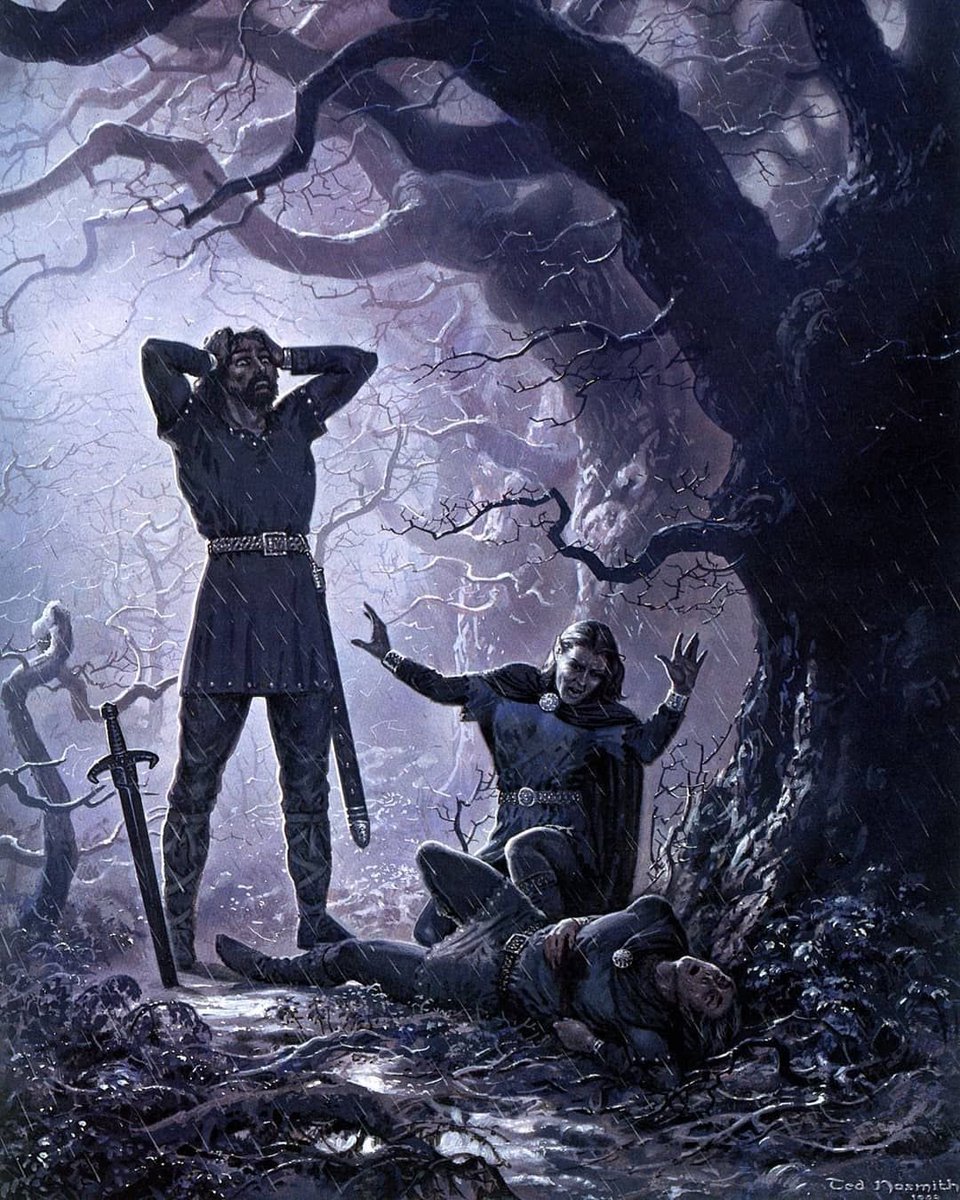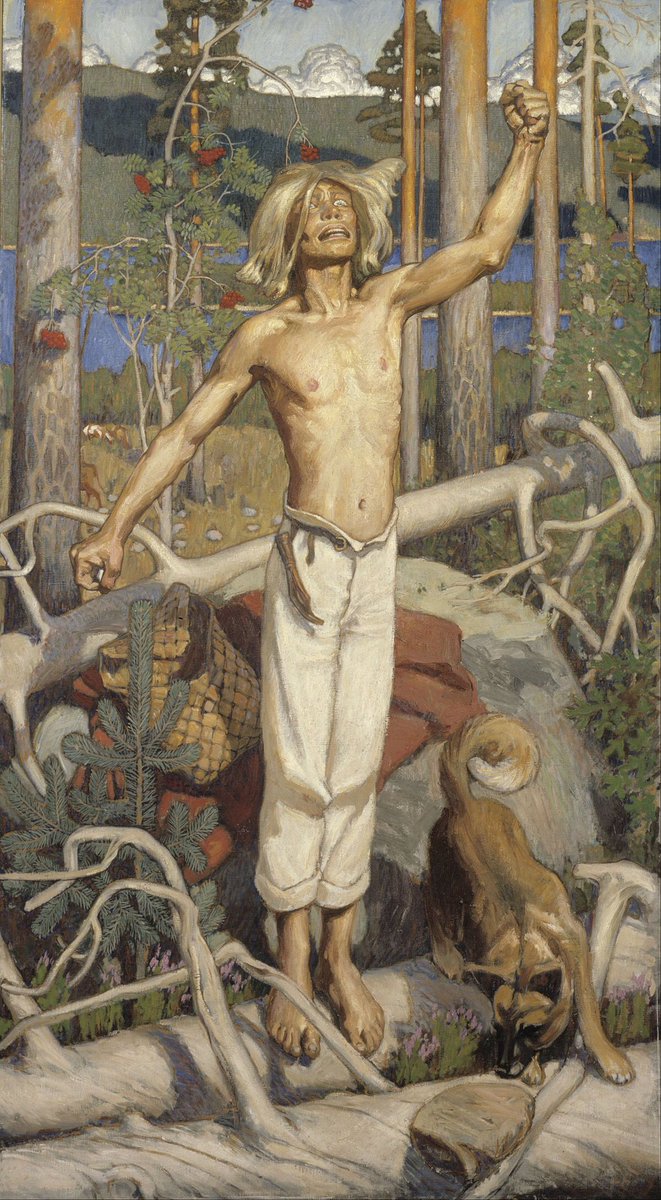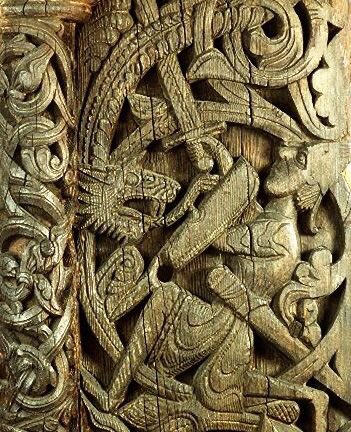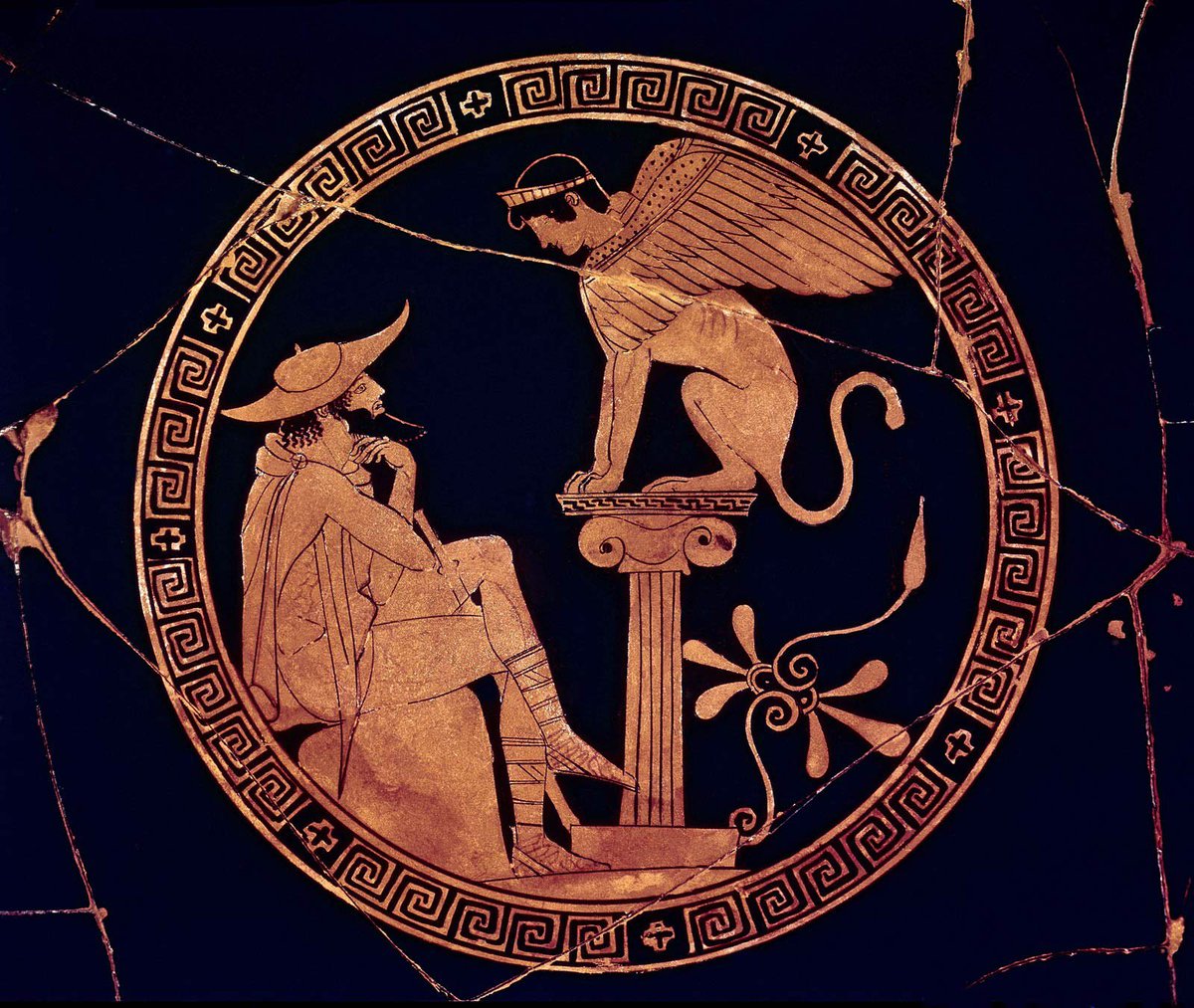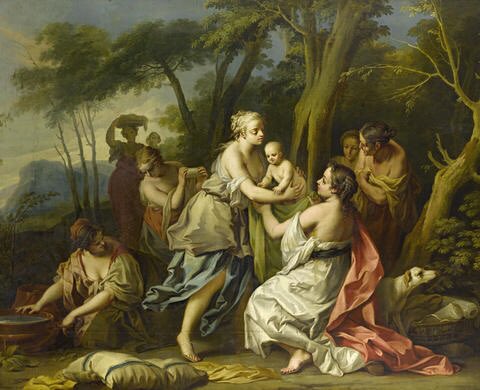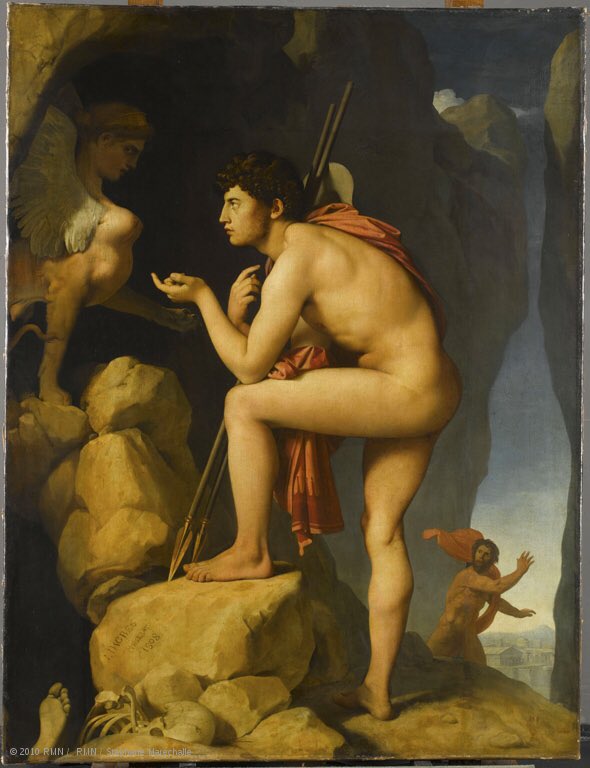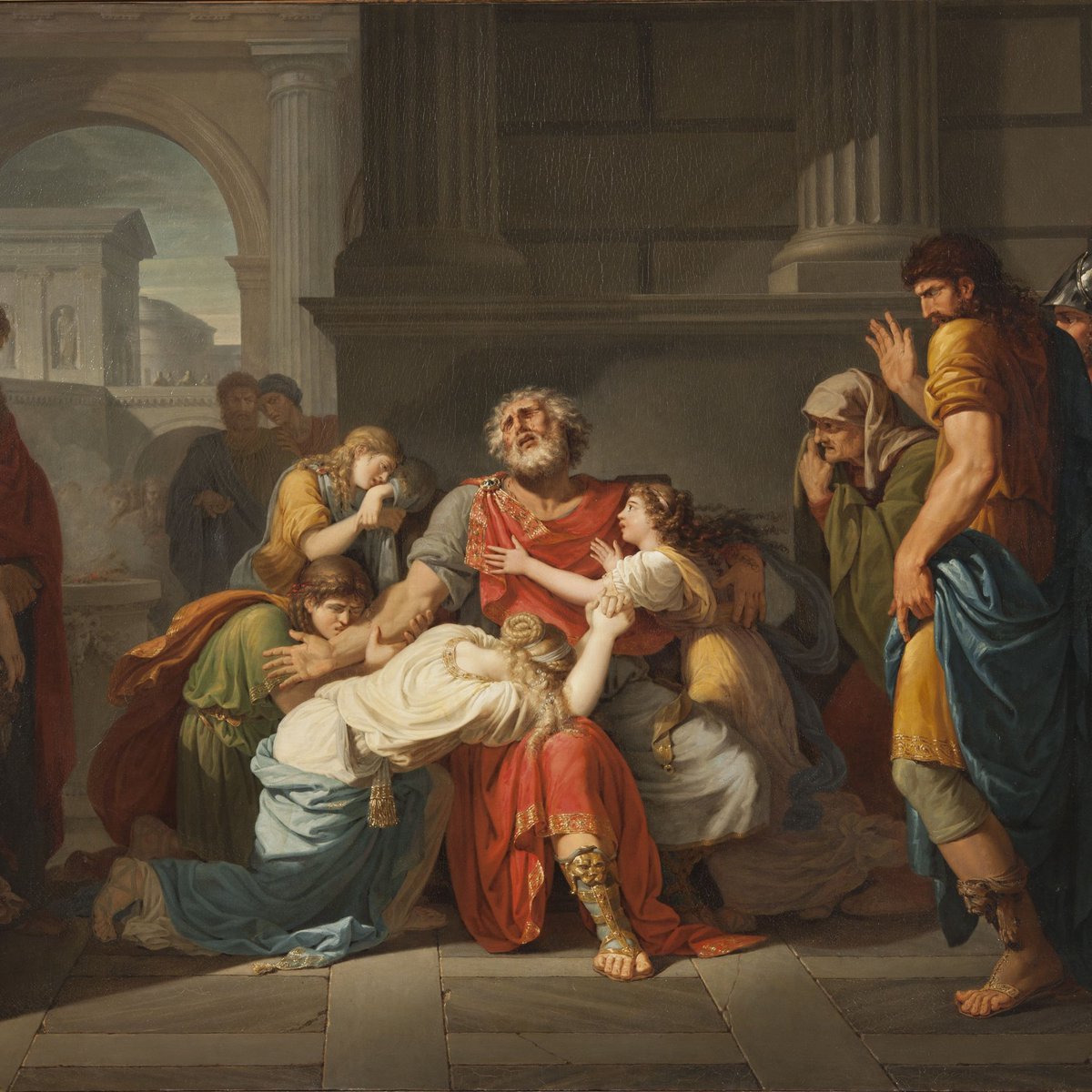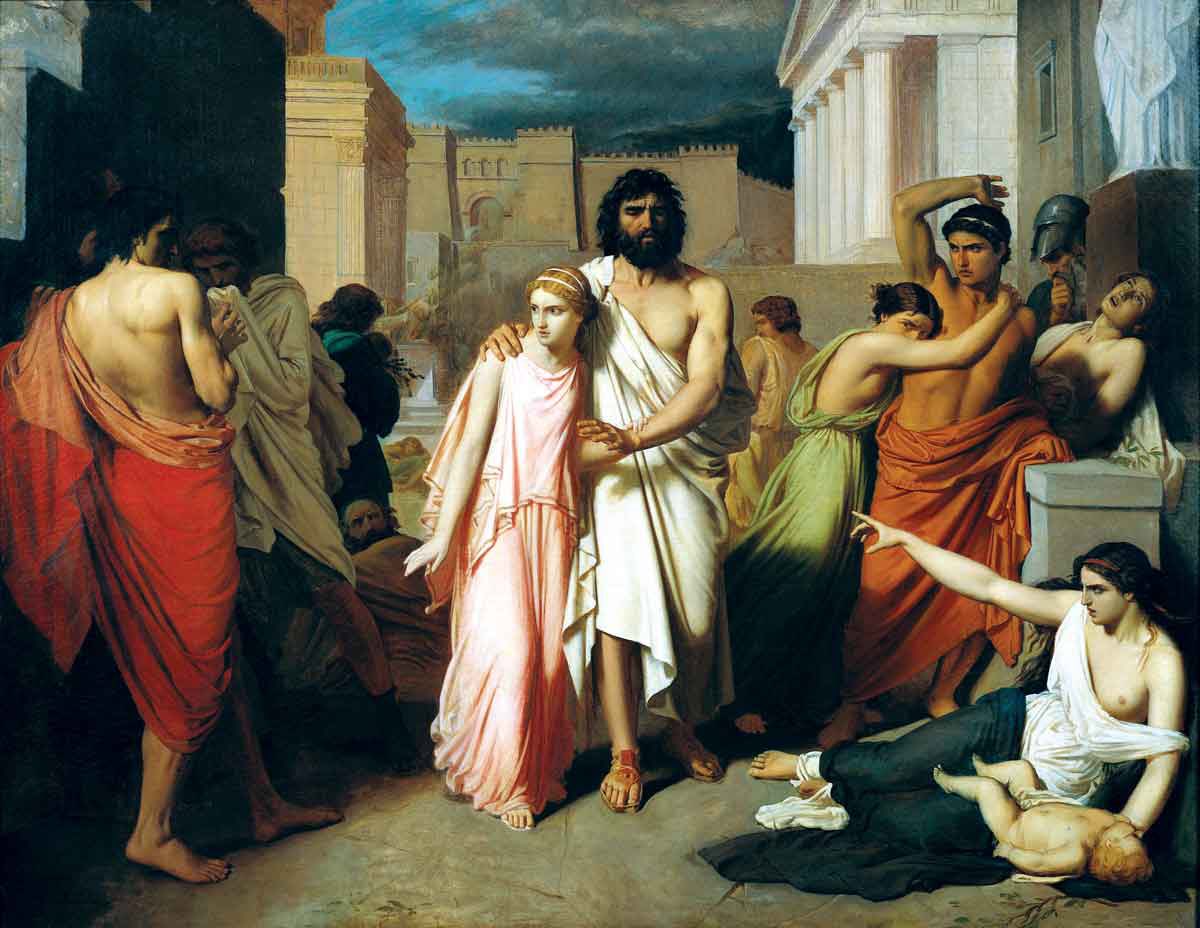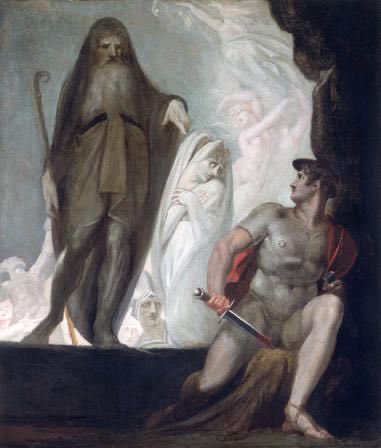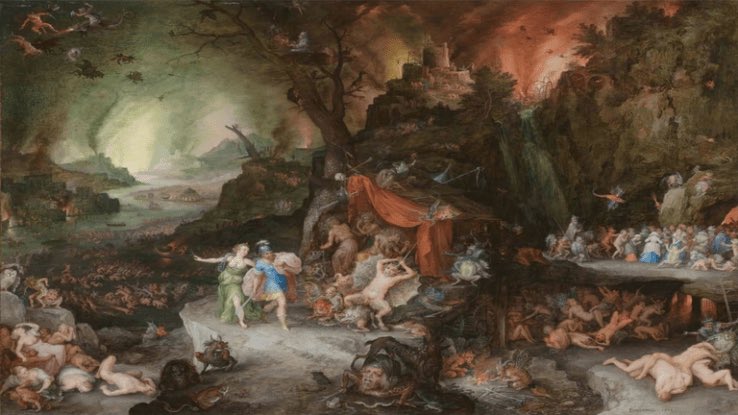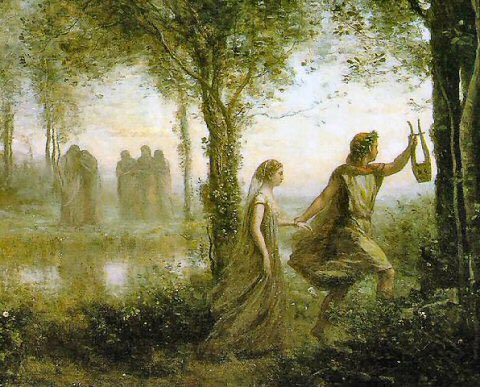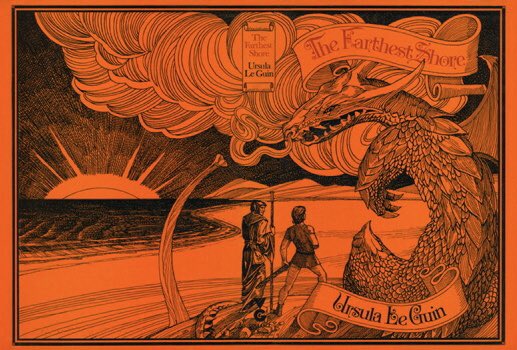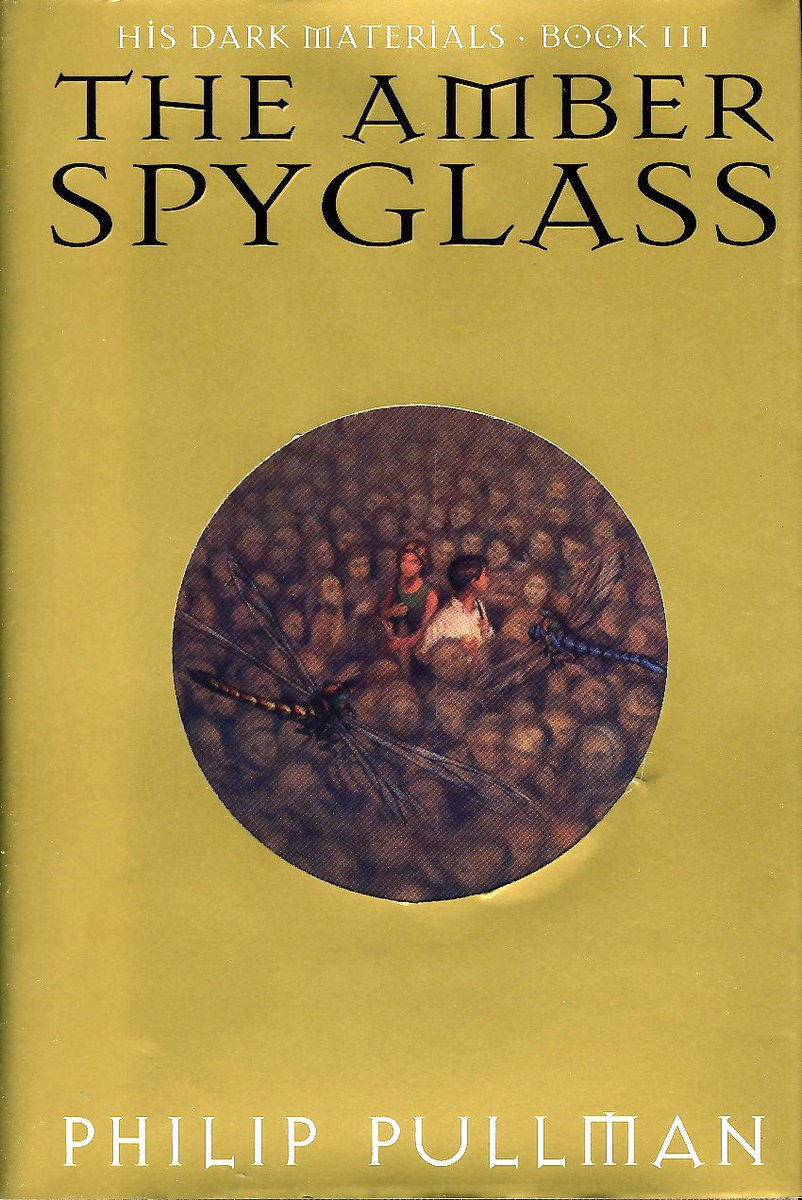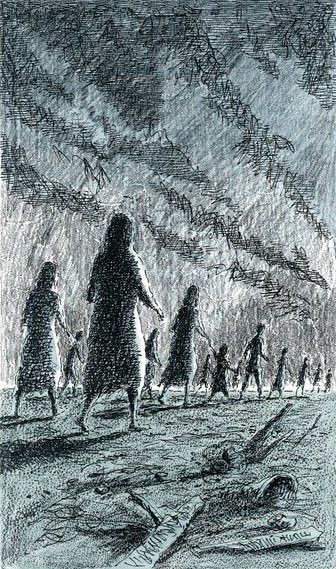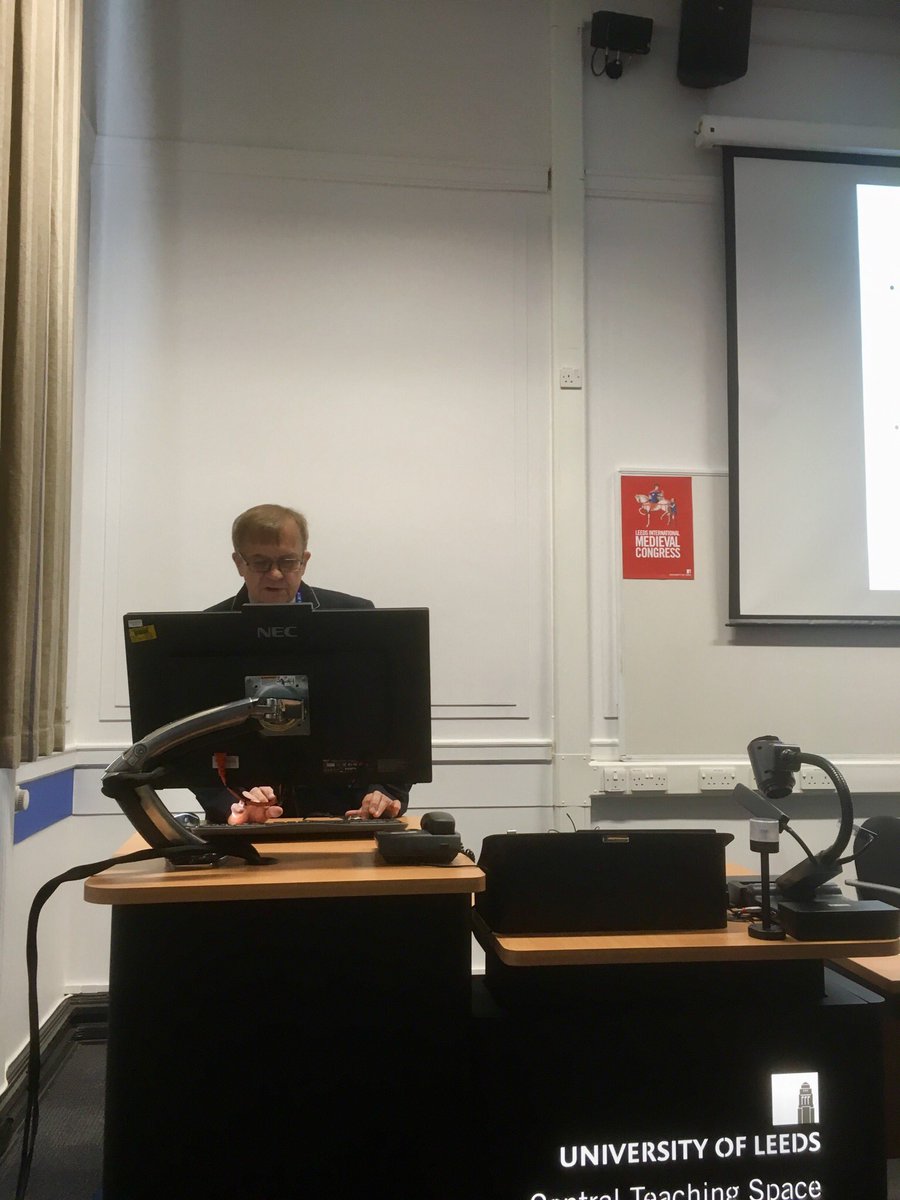
Inspired by my last post, here's how #Tolkien got carried away and made a mistake:
The Book of Mazarbul is a manuscript compilation recording the fate of Balin and his Dwarves that the Fellowship of the Ring found and read in Moria.
1/21
@TolkienSociety @theoneringnet @JRRTolkien

The Book of Mazarbul is a manuscript compilation recording the fate of Balin and his Dwarves that the Fellowship of the Ring found and read in Moria.
1/21
@TolkienSociety @theoneringnet @JRRTolkien


It is described this way:
"It had been slashed and stabbed and partly burned, and it was so stained with black and other dark marks like old blood that little of it could be read. Gandalf lifted it carefully, but the leaves crackled and broke as he laid it on the slab…
2/21
"It had been slashed and stabbed and partly burned, and it was so stained with black and other dark marks like old blood that little of it could be read. Gandalf lifted it carefully, but the leaves crackled and broke as he laid it on the slab…
2/21

he gingerly turned the leaves… written by many different hands, in runes, both of Moria and of Dale, and here and there in Elvish script."
3/21
3/21

Tolkien spent a considerable amount of time creating a facsimile of three pages from The Book of Mazarbul - this was a true labour of love. His official biographer, Humphrey Carpenter, describes how Tolkien created this artefact (a process very similar to literary forgery):
4/21
4/21

"He… spent many hours making this facsimile, copying out the pages in runes and elvish writing, and then deliberately damaging them, burning the edges and smearing the paper with substances that looked like dried blood."
5/21
5/21
The original plan was that these facsimiles would be reproduced in The Fellowship of the Ring (1954) in lieu of illustrations, but this plan had to be scrapped as the cost was prohibitive. Tolkien was quite disappointed. In a 1956 letter he wrote:
6/21
6/21
"Reluctantly… I had to abandon, under pressure from the ‘production department’, the ‘facsimiles’ of the three pages of the Book of Mazarbul, burned tattered and blood-stained, which I had spent much time on producing or forging."
7/21
7/21
What Tolkien realised much later, however, was that he had made a fundamental mistake, which was a direct result of getting far too engrossed in the idea of a ‘real’ manuscript source from Middle-earth, a proper "facsimile" from his secondary world.
8/21
8/21
Tolkien had claimed in the Prologue that he hadn't written The #LordoftheRings as an original invention, but had instead translated the story from an ancient manuscript compilation, The Red Book of Westmarch. Part of this "found/feigned manuscript" conceit, was the idea...
9/21
9/21
that during the Third Age most Men (and hobbits) spoke a Common Language, while the Elves and other beings maintained their own, very different languages. Tolkien claimed that he translated the Common Speech in modern English while he kept the other languages intact...
10/21
10/21
(hence the phrases in Elvish, Dwarvish, Black Speech, etc. throughout The #LordoftheRings). Long after the facsimile of The Book of Mazarbul had been completed, it dawned on #Tolkien that the text he had transcribed in runes and Elvish script was actually in modern English!
11/21
11/21
Surely, the language that Gandalf read in the document supposedly found in Moria cannot have been modern English, it must have been in Common Speech, which Tolkien had – supposedly – translated for the benefit of the reader.
12/21
12/21
In a remarkable late document, in which Tolkien seems to be making a note to himself, he writes:
"In preparing an example of the Book of Mazarbul, and making three torn and partly illegible pages, I followed the general principle followed throughout: the Common Speech...
13/21
"In preparing an example of the Book of Mazarbul, and making three torn and partly illegible pages, I followed the general principle followed throughout: the Common Speech...
13/21
was to be represented as English of today… Consequently the text was cast into English… But it is of course in fact an erroneous extension of the general linguistic treatment. It is one thing to represent all the dialogue of the story in varying forms of English:
14/21
14/21
this must be supposed to be done by ‘translation’… But it is quite another thing to provide visible facsimiles or representations of writings or carvings supposed to be of the date of the events in the narrative."
15/21
15/21
In a note to this passage Tolkien refers to another book in which a visible facsimile of a ‘feigned’ manuscript appeared: H. Rider Haggard’s She
(1887). In that book, ‘an exact transcript’ of a treasure map – the ‘Sherd of Amenartas’ – is given.
16/21
(1887). In that book, ‘an exact transcript’ of a treasure map – the ‘Sherd of Amenartas’ – is given.
16/21

Tolkien, who knew the book quite well – as if scolding
himself for having made such an obvious mistake with ‘The Book of Mazarbul’ – noted that:
17/21
himself for having made such an obvious mistake with ‘The Book of Mazarbul’ – noted that:
17/21
"The sherd of Amenartas was in Greek (provided by Andrew Lang) of the period from which it was supposed to have survived, not in English spelt as
well as might be in Greek letters."
18/21
well as might be in Greek letters."
18/21
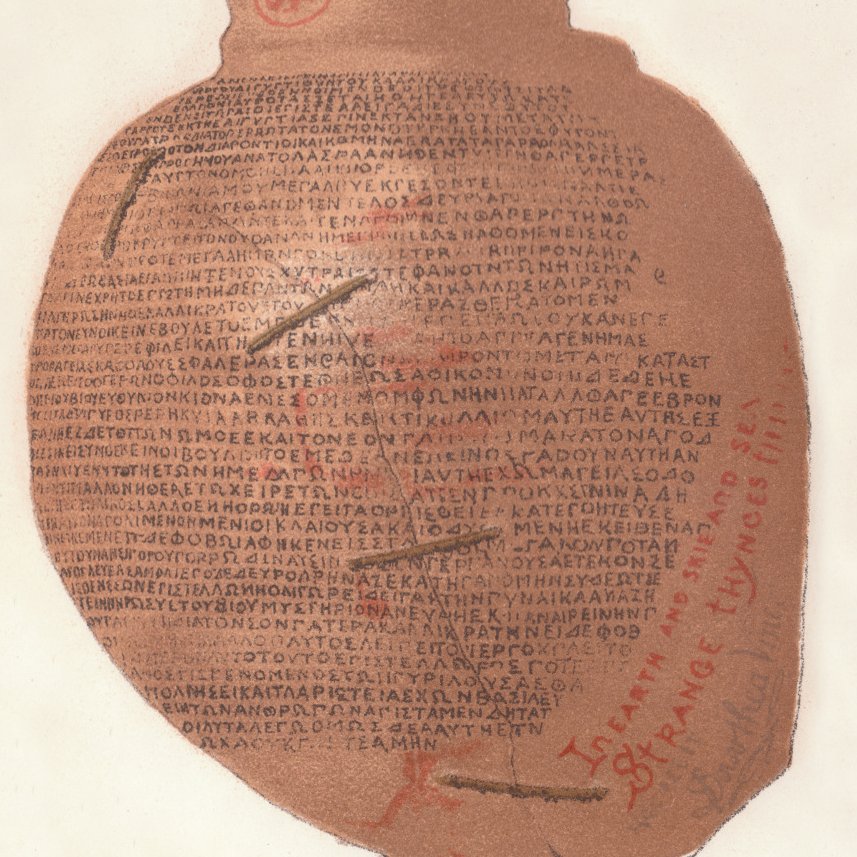
It is intriguing that Tolkien’s excitement to produce such a wonderful ‘artefact’ led him to this mistake: a result of the complicated nature of the ‘theory of translation’, and also of Tolkien’s eagerness to visualize Middle-earth of the Third Age so specifically.
19/21
19/21
If you want to read more on Tolkien, manuscripts, and the Romantic forgery tradition, see my essay on Chatterton, Tolkien and Eco, freely available here:
dimitrafimi.com/the-past-as-an…
20/21
dimitrafimi.com/the-past-as-an…
20/21
Even more on all of this, in my book, Tolkien, Race, and Cultural History:
amazon.co.uk/Tolkien-Race-C…
Over and out!
21/21
amazon.co.uk/Tolkien-Race-C…
Over and out!
21/21
• • •
Missing some Tweet in this thread? You can try to
force a refresh





